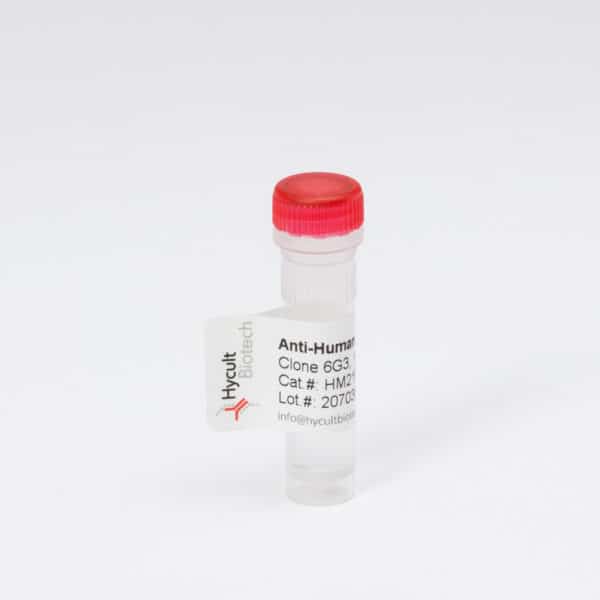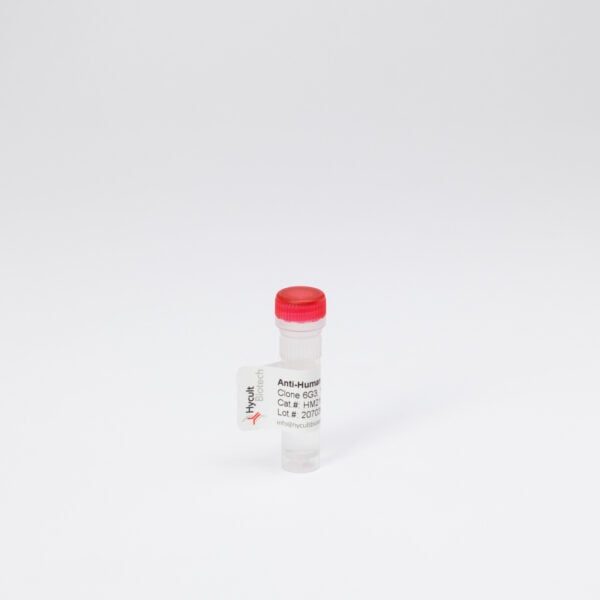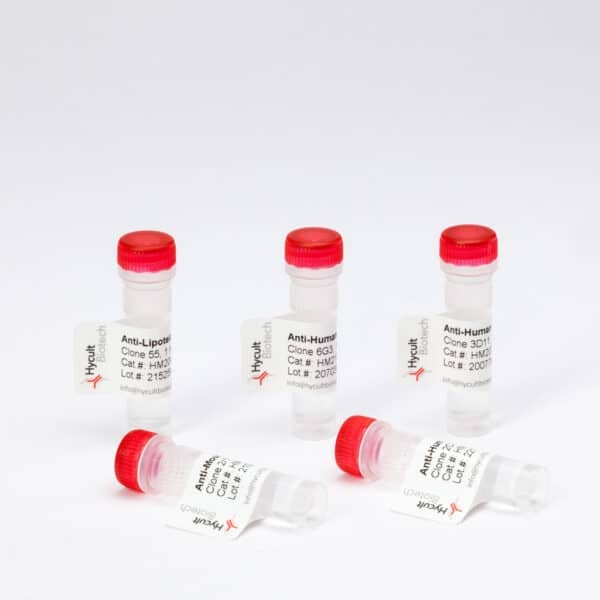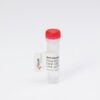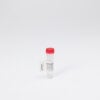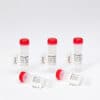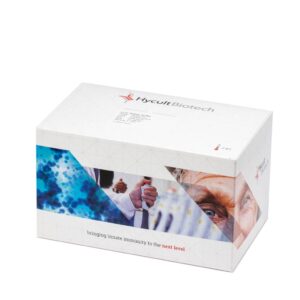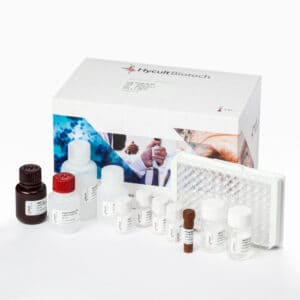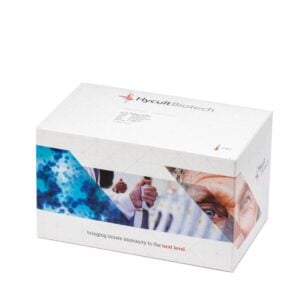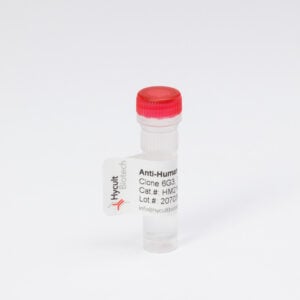C3 (beta-chain), Human, clone 169.5
The antibody clone 169.5 recognize the human ß chain in complement C3. The ß chain (71 kDa) is, next to C3, present in the activation products C3b, iC3b and C3c.
Read more€133.00 – €414.00
Exploring the C3 (Beta-Chain)
The C3 (beta-chain) plays a pivotal role in the body’s immune response, recognized by the antibody clone 169.5. This specific ß chain of C3, weighing 71 kDa, is not only a part of C3 but also found in its activation products C3b, iC3b, and C3c. The complement system, where the C3 (beta-chain) is a key component, is integral to both innate and adaptive immune responses, offering protection against pathogens through inflammatory reactions.
Comprising a complex family of proteins and receptors, the complement system is present in circulation, tissues, and various body fluids. There are three pathways of complement activation: the classical pathway initiated by immune complexes, the lectin pathway by surface-bound lectins, and the alternative pathway (AP) activated by unprotected surfaces. Each pathway generates a C3 convertase, a serine protease that cleaves the central complement protein C3, leading to the formation of C3b.
The C3 (beta-chain) is also central to the formation of C3 and C5 convertases, which are enzymatic complexes that drive the activity of the complement pathways, eventually leading to the formation of the cytolytic membrane attack complex (MAC). The synthesis of C3, with a molecular weight of approximately 185kDa, is tissue-specific and modulated by various stimulants. Notably, C3 is the most abundant complement system protein with serum levels around 1.3 mg/ml.
Upon cleavage by C3 convertase, the anaphylotoxin C3a and the activating fragment C3b are formed. C3b, when bound to the cell surface, initiates the terminal pathway of complement, leading to the formation of C5 convertase. Produced primarily by the liver, C3 is also synthesized in macrophages, neutrophils, endothelial, and epithelial cells.
The high levels of C3 (beta-chain) in circulation, combined with its low biological reactivity, enable a fast and potent response to dangers such as pathogens. However, defects in C3 can lead to recurrent infections or autoimmune diseases. C3 deficiency, though rare, results in recurrent infections and impaired immune cell development. Additionally, polymorphisms in C3 have been linked to conditions like AMD and aHUS.
The C3 (beta-chain) removes immune complexes, aiding macrophages’ phagocytic capacity. Malfunction in this system can cause autoimmune diseases, stressing C3’s role in immune balance.
Not sure which C3 antibody to use?
With numerous options available, it is essential to select the right C3 antibody to ensure the success of your research. We designed a guide to assist you in making an informed decision:
Go to our C3 researcher’s guide and choose the right antibody
You may also like…
-
C3c, Human, ELISA kit
Cross reactivityCynomolgus monkey – Yes, Mouse – No, Pig – No, Rabbit – No, Rat – NoView product €825.00 – €1,359.00 -
View product €894.00 – €1,443.00
-
C3d, Human, ELISA kit
Cross reactivityCynomolgus monkey – Yes, Horse – No, Mouse – No, Pig – No, Rat – NoView product €894.00 – €1,443.00
You may be interested in…
-
View product €133.00 – €456.00
-
View product €133.00 – €1,245.00
-
View product €133.00 – €1,245.00
-
View product €133.00 – €414.00
